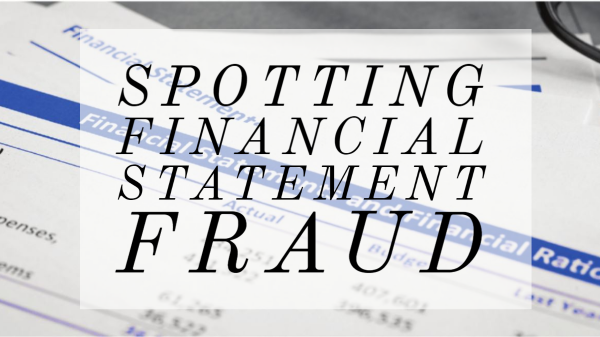It’s one thing to learn the warning signs of financial fraud, but it’s much more difficult to actually prove it is occurring.
Three of the most common methods of fraud detection include vertical, horizontal, and ratio analysis.
Vertical analysis, also referred to as “common-size analysis,” is a method of examining financial statements by showing each item as a percentage of a base figure, often sales figures, total assets, or liabilities and stockholder equity.
Once this baseline number is established, all other entries in the financial statement (taxes, operating expenses, net income, sales costs, and so forth) are expressed as a percentage of this figure.
Horizontal analysis or “trend analysis,” has been steadily gaining converts over vertical analysis. Here, items in a financial statement are assessed by the degree to which they have changed over a period of time.
By comparing the same items over two or more periods, analysts are able to make predictions about the likelihood of growth or decline, but just as crucially, to see large discrepancies or unpredictable patterns.
Lastly, there’s ratio analysis, which is more sophisticated than vertical or horizontal. It’s an in-depth analysis that classifies financial ratios on the basis of function, such as liquidity, profitability, and solvency.
Each ratio is calculated by using several different data points and weighted against the overall total, with some (such as solvency) more stable and predictable than others (such as liquidity); these are then classified on the basis of importance.
This is an excerpt from the Credit and Finance department feature in the July/August 2021 issue of Produce Blueprints Magazine. Click here to read the whole issue.



